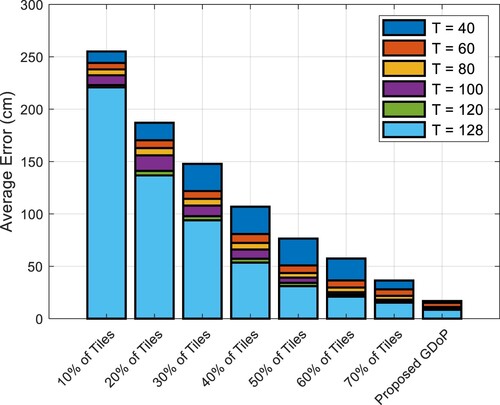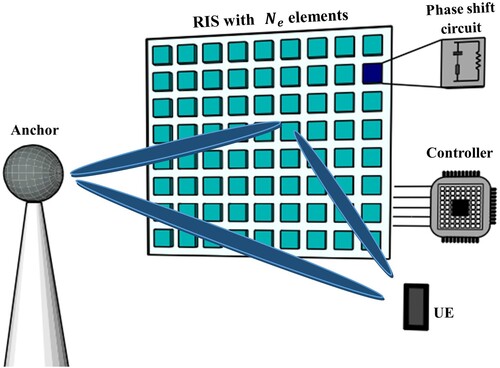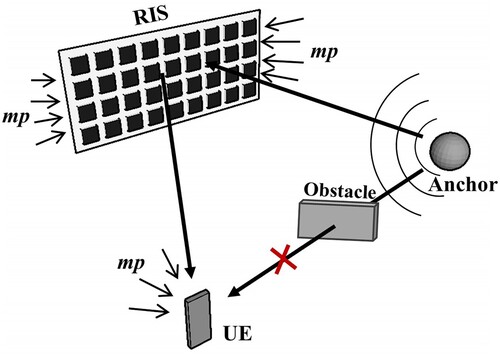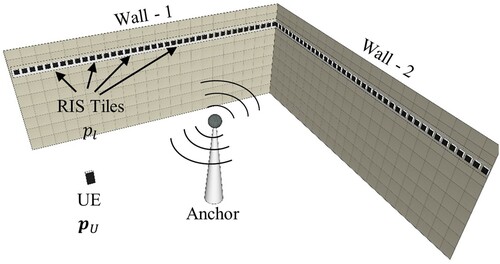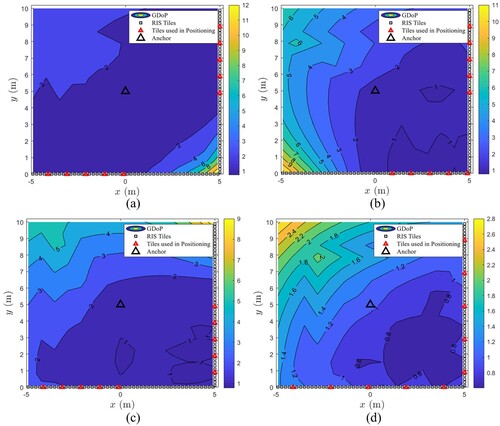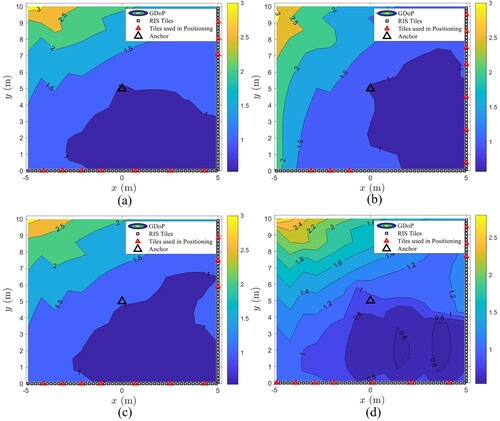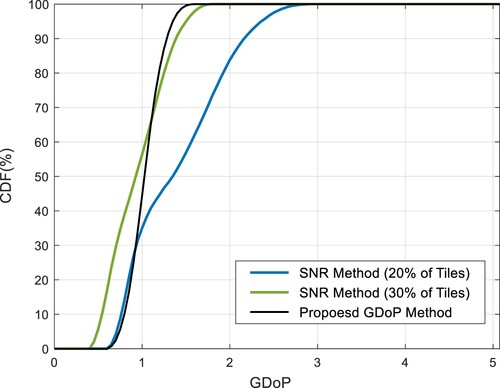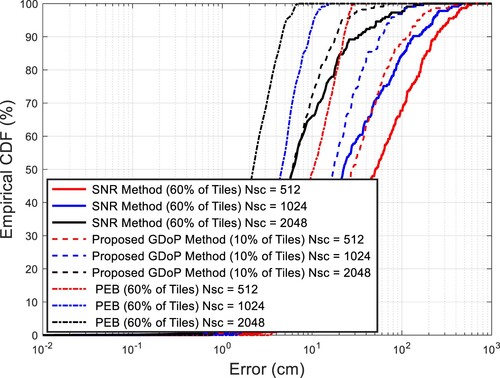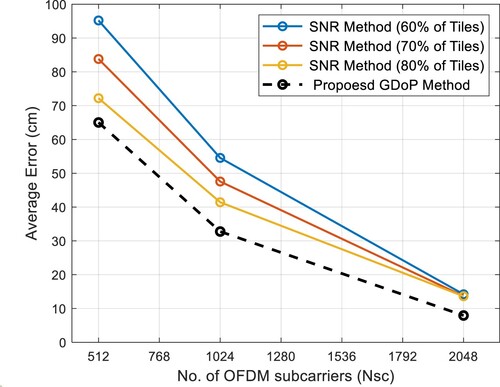Figures & data
Table
Figure 4. GDoP for 10–60% of total tiles, (a) to (f) respectively, from the largest SNR for ToA measurements in each wall.
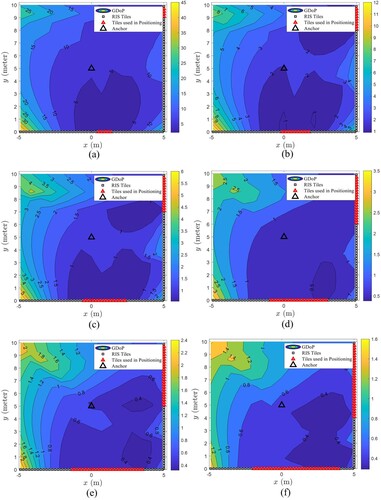
Figure 5. GDoP for 10–60% of total tiles, (a) to (f) respectively, from the largest SNR for ToA measurements in each subdivided wall.
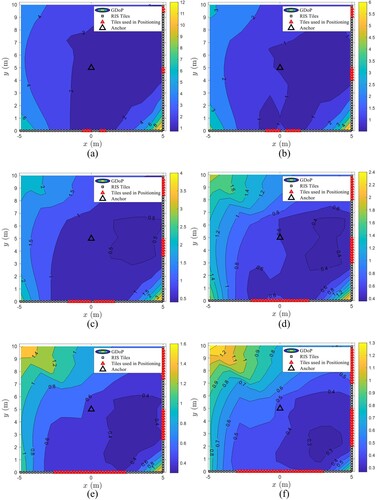
Table 1. Used notations and parameters.
Figure 8. Empirical CDF of the estimation error for different percentages of selected tiles compared with the proposed GDoP method.
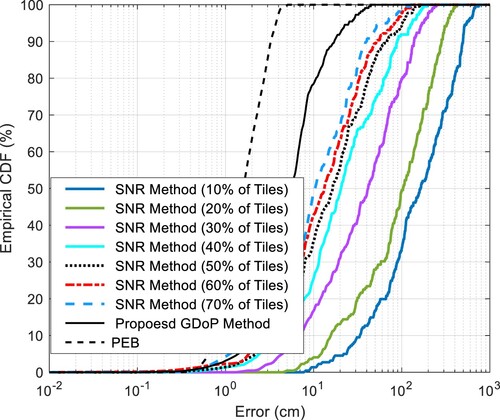
Figure 9. Average localization error vs number of symbols transmission for different percentages of selected tiles compared with the proposed GDoP method (a) The overall CDF curves; (b) enlarged view of CDF curves.

Figure 10. Bar chart for average localization error vs different percentages of selected tiles compared with the proposed GDoP for different number of symbol transmission (T).
